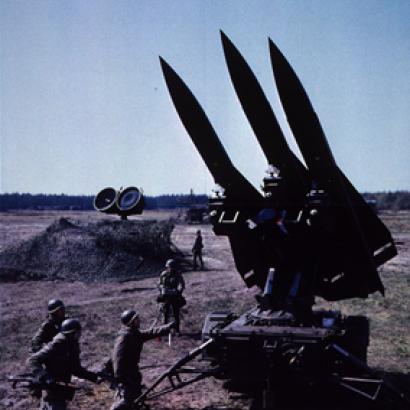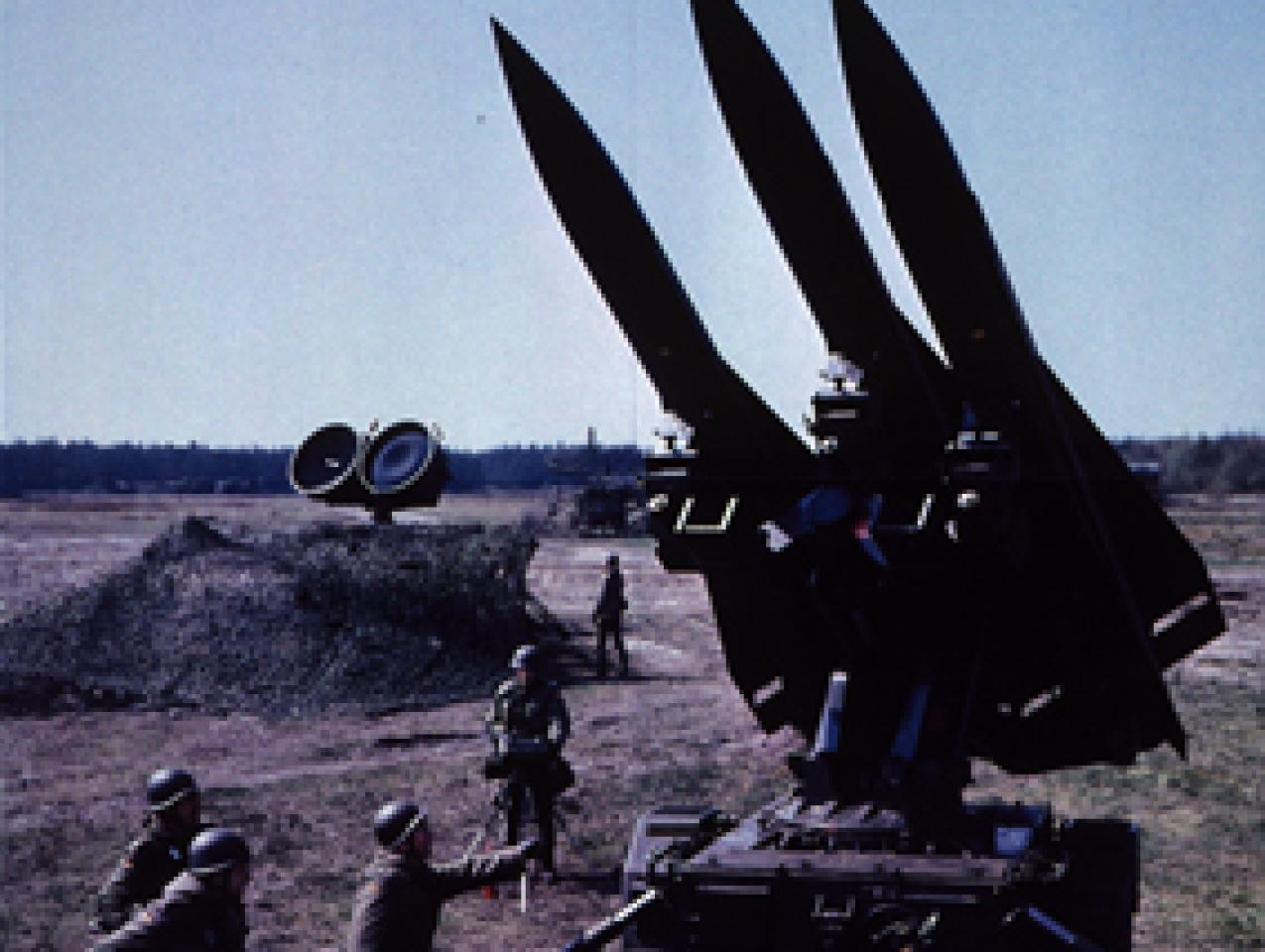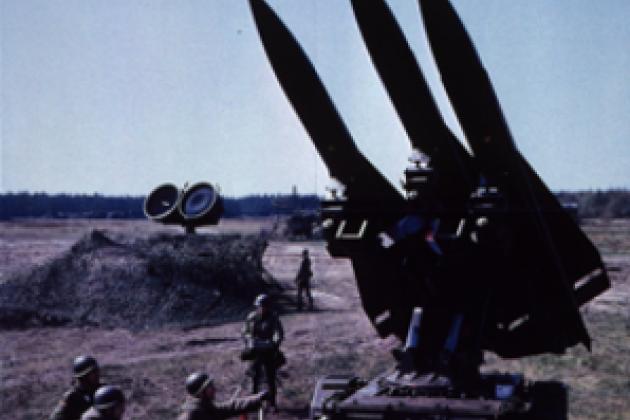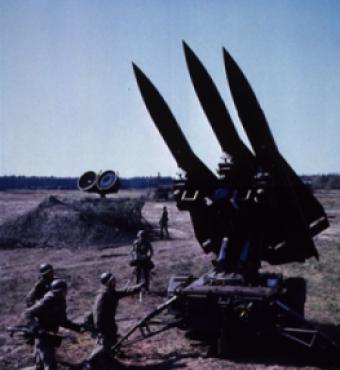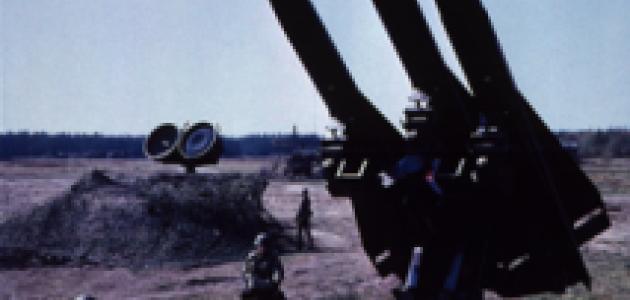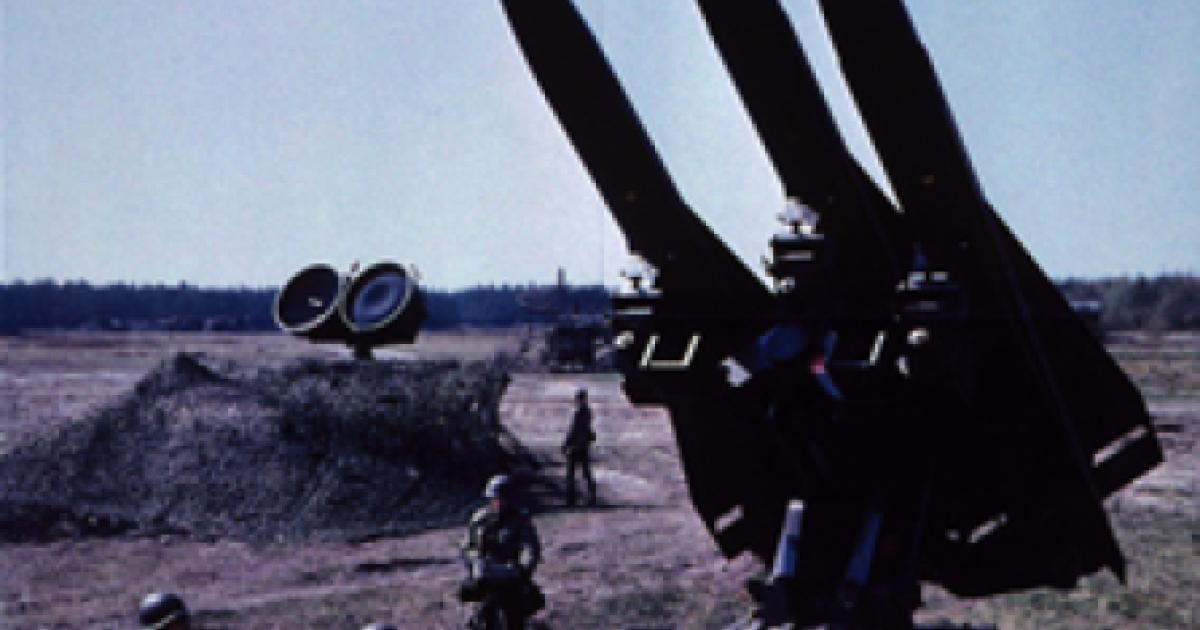- History
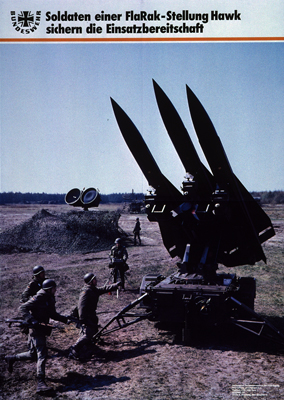
China is mad—really mad—at South Korea. Well-known Chinese defense and military figures are advocating direct military strikes against South Korea; state-controlled media are fanning anti-Seoul hysteria; mobs across the country are smashing South Korean-made goods and merchandise; K-pop concerts and other South Korean cultural events long on the schedule are being cancelled without explanation; South Korea-bound Chinese tourists are forced to cancel their flights and cruise tickets; many South Korean stores and companies in China are harassed and restricted by local authorities, and some are forced to close their shops.
Ostensibly the reason for China’s anger is the deployment in South Korea of the U.S. Army’s Terminal High Altitude Area Defense (THAAD) missile interception system to destroy incoming North Korean ballistic missiles. China interprets this action as a threat to deterrence.
Beijing’s rage over THAAD is unfounded because the system’s strategic threat to China’s missile deterrence is grossly exaggerated to say the least. Such reaction from China blatantly denies the real ballistic missile threats from North Korea against the South and the interests of the United States in the region.
China acts as if THAAD is new and its capabilities will completely nullify China’s fast- developing missile programs. In fact, THAAD, which may also soon be deployed in nearby Japan, is but one of the several missile-defense systems South Korea and its allies the United States and Japan could use to achieve the same purpose. Besides the U.S. Army’s THAAD system, the U.S. Navy has a nearly identical system installed on its large fleet of Arleigh Burke-class Aegis guided missile destroyers, which could be deployed even closer to China and more flexibly than the U.S. Army’s THAAD. U.S. military authorities have utilized all of their persuasive options and consultative channels to try to explain to Beijing that THAAD is strictly for use against North Korean missiles and poses no technical or strategic threats to Beijing’s missile deterrence. But Beijing stubbornly refuses to listen to reason and continues the THAAD red herring.
To understand China’s temper tantrum, one must go beyond THAAD and delve into China’s deeper psyche that speaks volumes about China’s strategic views and peculiar gamesmanship. First, China’s indignation is a result of incurable intoxication with a strategic fantasy of its own making, namely that the United States is deliberately stirring up tensions on the Korean Peninsula so that Washington can destroy the North Korean regime and complete a strategic encirclement of China. According to such a theory, Kim Jong-un’s belligerent behavior, like that of his father’s and grandfather’s, is not the source of the tensions but only the response to the root of the tensions in the Korean Peninsula, namely the constant provocations and military buildup and drills by the U.S. and its ally South Korea. As Pyongyang’s only ally, China can be annoyed by Kim’s rash and bratty aggressiveness in pushing ahead with its nuclear and missile programs, but ultimately China is unwilling to join the rest of the world to stop Kim’s dangerous gambits, continuing to support the regime through open and furtive economic assistance and trade.
Second, China’s rage reflects its Han chauvinism toward its neighbors in the periphery. It seems odd that China is thoroughly mad at South Korea but not directly chastising the United States that is actually installing and operating the THAAD system. That is because China considers South Korea a small country [xiaoguo] that should not have the chutzpah to defy a big country [daguo] such as China. This xiaoguo vs. daguo complex is becoming a hallmark of Chinese diplomacy in recent decades as China grows economically and militarily stronger.
For about four years since 2012, China’s leadership believed they had successfully split the U.S.-led defense alliance in Northeast Asia, pitting South Korea against Japan, thus isolating the U.S. Convinced of China’s willingness to rein in the Kim regime, former president Park Geun-hye of South Korea unwisely sided with China against Japan in the Beijing-Tokyo spat over a variety of issues, threatening the unity of the U.S.-led alliance. But China’s outrageous snub of President Park in January 2016 by refusing to respond to Seoul’s call for joint action against Kim’s renewed nuclear and missile tests catapulted South Korea back to the camp of the U.S. and Japan, which was viewed by Beijing as perfidious and disrespectful of the magnificent and magnanimous daguo that is China. President Park’s approval of the THAAD deployment is thus just a matter of China’s revenge and punitive rant against the little xiaoguo on the Korean Peninsula.
Unless China abandons its decades-old misguided siege mentality and its centuries-old daguo chauvinism, regional security in Northeast Asia will not fundamentally improve, with or without THAAD deployment.







